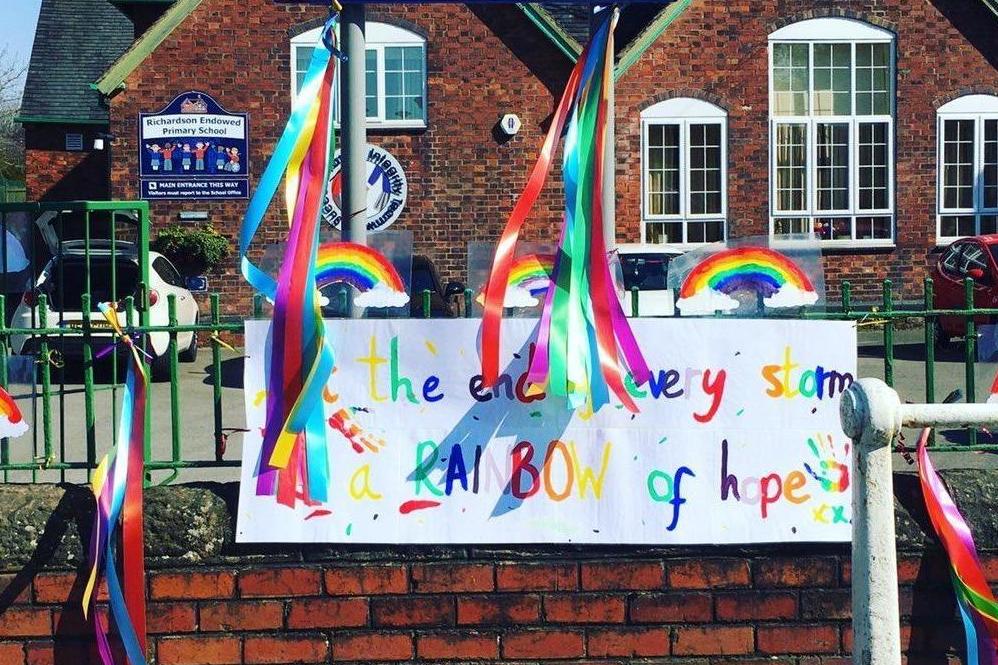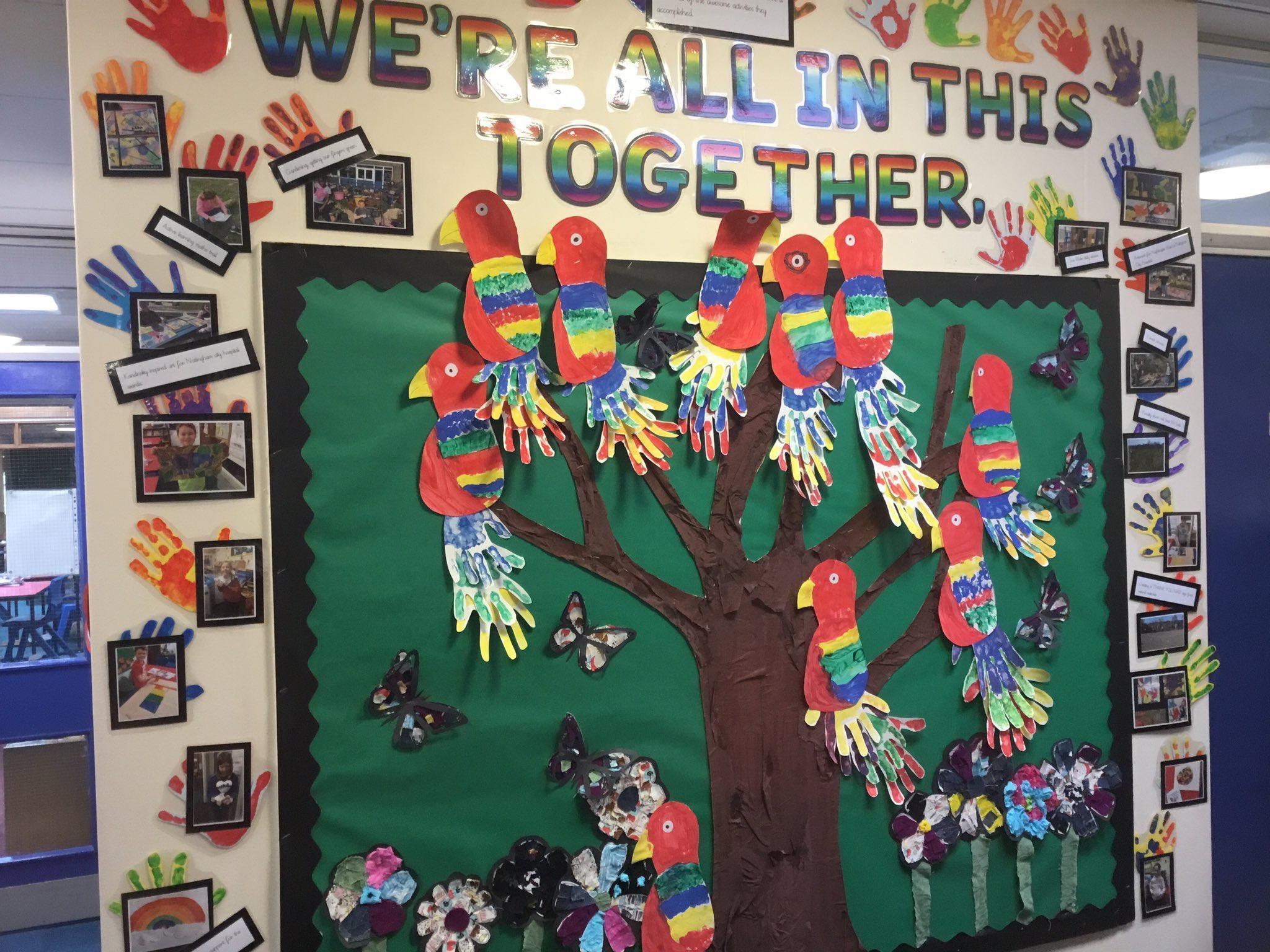How parent-teacher collaboration is helping pupils back to school safely
The groundbreaking work of Derbyshire’s Embark Federation is a roadmap for reopening classrooms while putting the well-being of children first

The end of lockdown schooling and the return to the classroom for pupils across the UK is understandably a front-of-mind issue for every anxious parent.
There are understandably important questions regarding what it will look like and what safety measures will be introduced.
But the groundbreaking work of the Embark Federation not only offers some reassuring answers concerning pupil safety, but also highlights that a collaborative approach between teachers and parents is key to its success.
Reconnection to Recovery and Resilience programme

The Embark Federation family of nine schools across Derbyshire has a collective goal: working as a team, to create schools that stand out at the heart of their communities. It has four core beliefs: family, integrity, teamwork and success – all integral pillars of its Reconnection to Recovery and Resilience programme.
Put together by Sharon Gray OBE and the federation’s head teachers, it’s designed to welcome pupils back to class after lockdown. “Everybody in the Embark community has done their bit,” says Gray, a headteacher for 20 years, mostly in special schools supporting youngsters experiencing social, emotional and mental health difficulties and schools going through challenges.
“It’s been all hands on deck,” executive headteacher and Trust leader of Embark’s schools Matthew Crawford adds. “Even two weeks into lockdown we were thinking about our children returning to school, whatever date that may be.”
Bespoke risk assessment
Safety at school
Here are five steps designed to minimise risks to children, staff and their families:
1. Anyone who is unwell or been in contact with somebody showing coronavirus symptoms should stay away from schools, colleges and childcare settings
2. Hands should be cleaned more often than usual with soap and running water for at least 20 seconds and dried thoroughly. Alternatively, hand sanitiser or alcohol hand rub can be used
3. Promote the ‘catch it, bin it, kill it’ approach to coughing and sneezing
4. Clean frequently touched surfaces regularly using standard products, such as detergent and bleach
5. Help to minimise contact and mixing by altering classroom layout and timetables
With regards to physical changes that parents and pupils can expect to see in corridors and classrooms, Embark is working with Government guidance and undertaking a thorough, bespoke risk assessment for each of its schools. “It can’t be a one-size-fits all approach,” Crawford stresses.
According to Anna Upton – head of the 240-pupil Chaucer Junior School in Ilkeston, Derbyshire – questionnaires were sent out to reconnect with parents, through which they could express concerns and suggest ideas about the return to classrooms.
“We then rang parents who expressed concerns to talk them through,” Upton explains. “One came up with the idea of a video tour of what the classrooms will look like when they return, so the children can sit and home and watch that and know what they are returning to [and] understand that it will be different from before.”
According to Upton, staggered breaks and how drop-offs will work were important issues that were flagged in questionnaires. “But the risk assessment the Trust has put in has allowed us to make a comprehensive plan and we can communicate that to the parents,” she explains.
“What the Trust have done with the programme is to implement nine stages which support our schools to open as safely as possible, supporting the staff parents and the children. The risk assessment means that I, as a headteacher, can do what’s right for my school.”
Putting families first
Chair of trustees Sarah Armitage emphasises the importance of teamwork based around a guiding principle: families first. "We look after families, so we reach out; we talk.” she says.
“Then there’s teamwork. Let’s harness the power of the team so it’s not the headteacher sitting by themselves with all these things to think about – that load is shared.”
Armitage’s back-to-school outlook is optimistic too: “We have created something with this programme that we hope will be massively beneficial. Our role as leaders is to keep that going, carry on putting emotional needs at the heart of everything we do, because then children are able to learn and benefit – and move through this crisis.”
Information in this article applies to schools in England only. Please check with your local authority for news on schools openings in your area